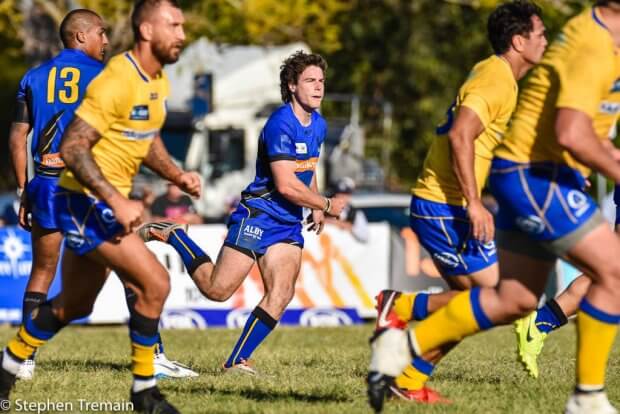Seven weeks ago, I wrote an article describing the upcoming changes to the Australian rugby calendar and the broadcasters’ wish list for further changes. I grappled with what these changes and potential changes would mean for the National Rugby Championship. Most relevantly, I put forward that the shortening of the Super Rugby season and the suggestion that Super Rugby teams play during the Rugby Championship could spell the end of the NRC in 2021.
Nick Wasilev also penned an article on this topic a couple of weeks ago which was as eloquent as it was insightful. In general terms, he lists both the pros and cons of the NRC and then clearly explains why he believes the former outweighs the latter but that changes might be necessary. The nature of these changes is what I want to discuss here, but first of all I want to quickly establish my perspective on the necessity of the existence of a third tier of rugby in Australia.
As someone who attended a number of Shute Shield games while living in Sydney during 2017-2018, I thought Nick had struck gold when he pointed out that “the increased competitiveness of club rugby competitions nationwide hasn’t come from nothing”. Amateur clubs have recently spent a lot of time complaining that the national establishment doesn’t provide much in the way of financial support despite the fact that they are now sometimes attracting a greater number of fans than Super Rugby – and occasionally even the Wallabies. I agree that the NRC has improved club rugby through layers of osmosis, but as entertaining and tribal as club rugby has become, if this is the pinnacle of its standard of play then it will never be sufficient to prepare inexperienced players for head-to-head encounters with All Blacks and Springboks in Super Rugby. Just ask Quade Cooper – and he’s been playing Super Rugby since 2007.
Therefore, the question becomes: what should the third layer of Australian rugby look like?
The NRC Is a Zombie
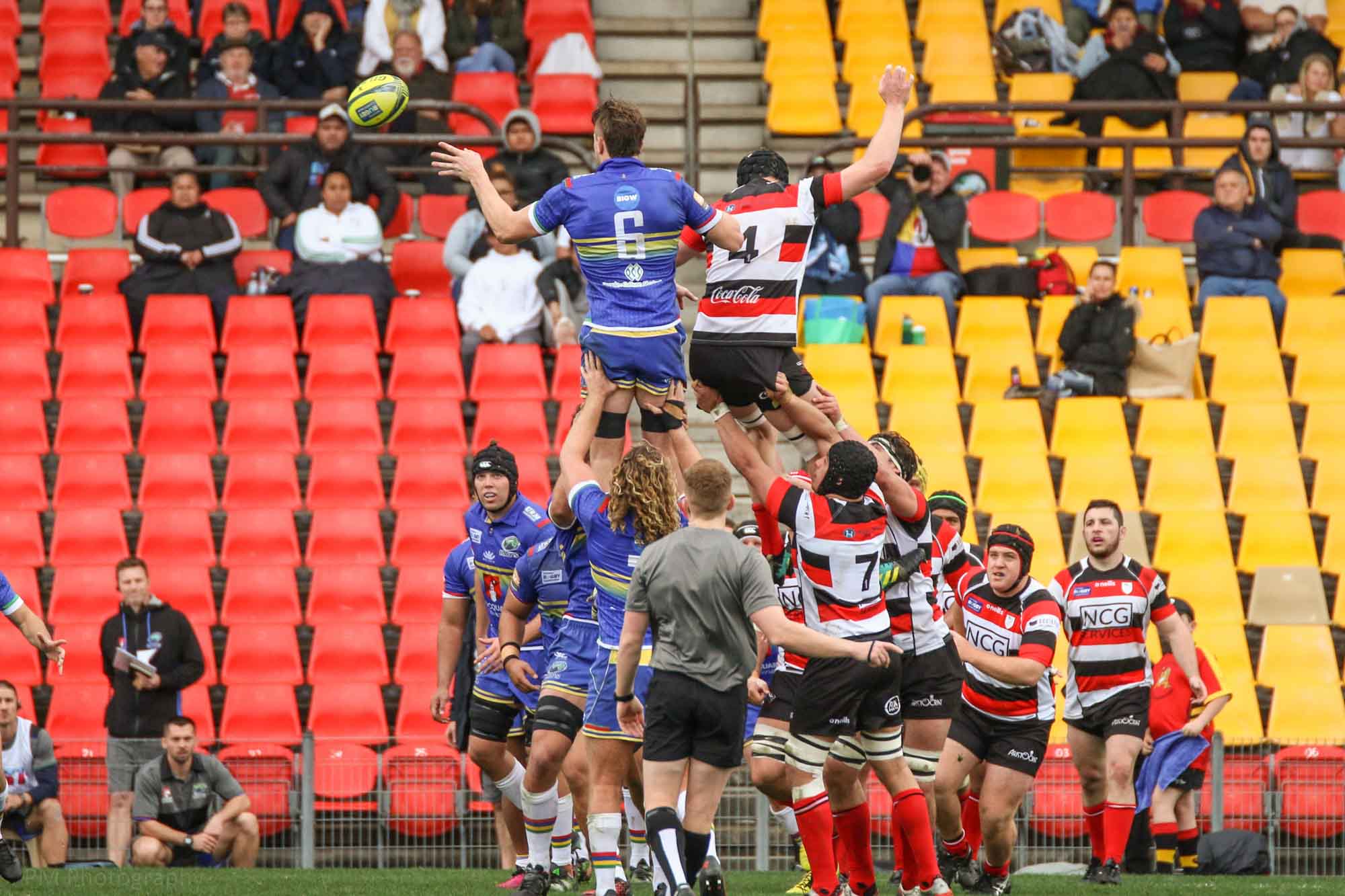
As I said in my original article, Super Rugby clubs will make less money starting in 2021 as their number of home games is reduced from 8 to 6-7 and the number of home games against Australian teams is reduced from 3 to 1-2 (down from 4 in 2017), but these teams still need to travel to South Africa and potentially Argentina. The broadcasters’ wish list item I discussed the most, of changing the Rugby Championship into a tour-style format where the test teams play midweek games against Super Rugby teams, would make up for this deficit (as well as a deficit in midweek games). However, as I pointed out, Super Rugby teams and NRC teams cannot practically coexist, and the NRC and Rugby Championship seasons overlap significantly. I will assume that this wish is a serious possibility for the remainder of this article, as its failure will create other problems such as a disinterested national broadcaster (from whence Rugby Australia derives most of its income) and a financial black hole for Super Rugby teams.
Taking into account further factors such as a lack of general and player interest in the NRC and Foxtel’s financial woes, it seems that the landscape for the NRC has become dire. In fact, it may already have been cancelled but the announcement simply hasn’t been made. It may not even be known yet by RA or Foxtel, but if Foxtel is considering cutting entire sports such as soccer and rugby, the NRC (which is entirely funded by Foxtel and watched by very few people through the platform) will almost certainly be the first head on the chopping block. There is a strong possibility that nothing can be done to save the NRC in the current sports and financial climate.
The options for altering it are limited. It can’t be pushed any further forward in the calendar because teams are already starting the season with as little as 1 training session under their belt and the first round plays at the same time as club rugby finals. It also can’t be pushed any further backwards because (as Nick points out) it occurs “at a time when pre-season for the following year is beginning” and “many professional teams have already assembled their squads completely” – not to mention the changing of the seasons (the ones caused by the rotational tilt of the earth, not by blokes wearing striped shirts). If anything, for Super Rugby players the season is already too long, beginning with trial matches in January and ending with the NRC final in late October or the Spring tour in late November.
How to Create a Third Tier with Instant Fan Appeal
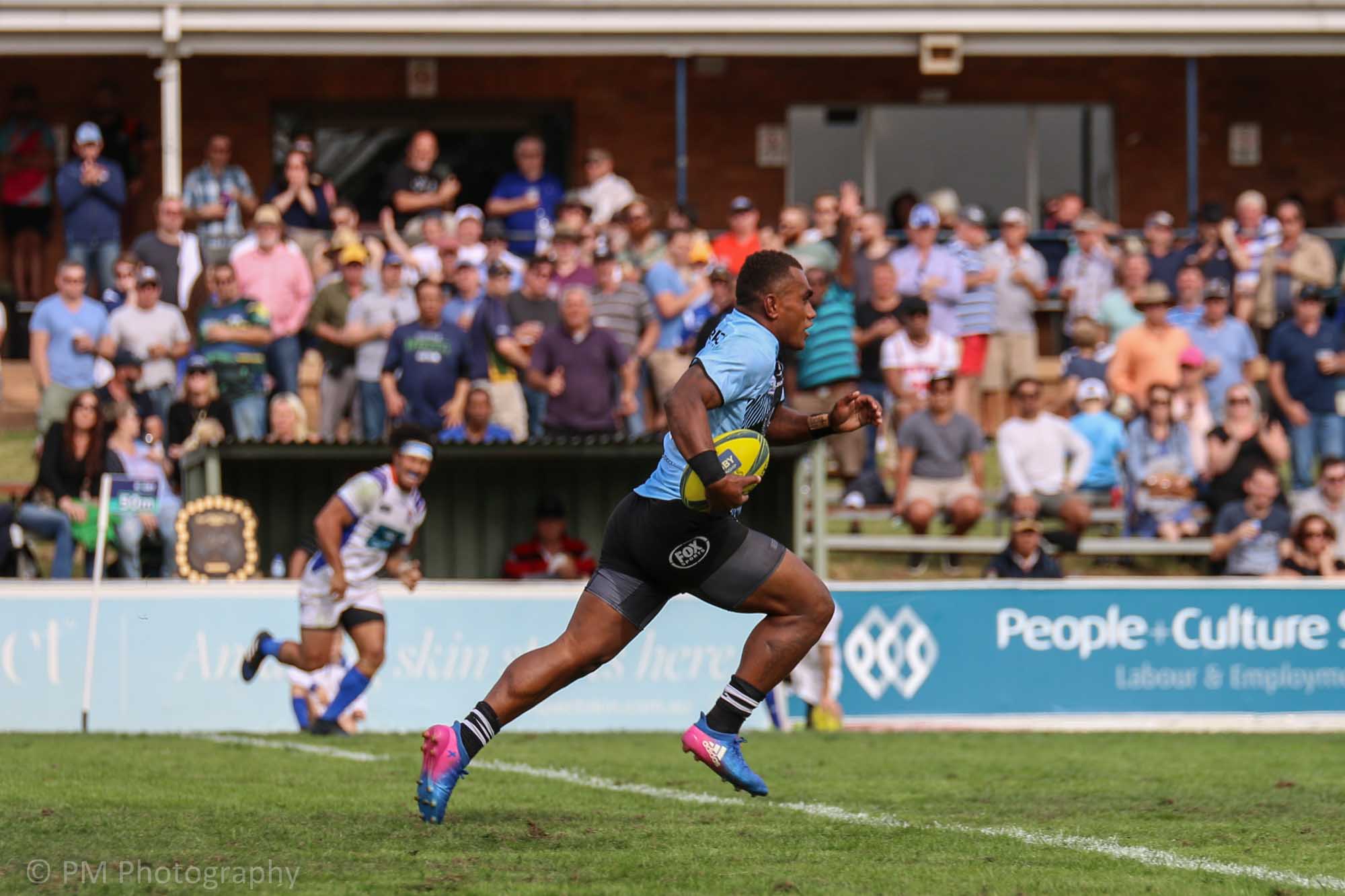
Yet, while the NRC may perish, the third tier does not have to become a distant memory. Nick makes a number of wonderful suggestions, and though most of these are non-structural they still have merit (eg, such as giving NRC games a carnival atmosphere). A structural suggestion I left out of my prior article for conciseness and precision follows on from the notion of keeping Super Rugby teams around after the finals so that they can play touring test teams. There are a lot of weeks between the end of Super Rugby and the end of the Rugby Championship, and the Super Rugby teams would only have 1-2 games in that time. While a short break might be good so that the squads can train players brought into the squad to replace Wallabies, it’s clearly not a great idea for RA to kill the NRC and then pay for four professional rugby teams to continue to exist for several months, during which time they play only 1-2 games – not to mention the fact that these games will be David vs Goliath affairs.
The solution to this that I propose is to have the Super Rugby teams play each other in place of the NRC. The 4 Super Rugby teams, after dusting themselves off from the finals series and filtering in a number of Wallaby replacements, could play in a round robin against each other. This would make up for the loss of the conference system by returning the second game between each Australian Super Rugby side each year, and in terms of playing depth would give at least 4 teams a taste of professional rugby (with essentially a 5th team playing midweek games for the Wallabies against other Rugby Championship nations’ Super Rugby squads). The Force could be invited to join this tournament as well, leaving Australian rugby effectively down only 1 team worth of development. This might even be a good thing because, as Stephen Hoiles and Paul Cully have said this week, it has become too easy for Australians to become professional rugby players. To avoid bye weeks (aside from the tour games) and to continue to support Pacific Island rugby the Fijian Drua could play a part in the tournament. Let’s call it the National Rugby Tournament, or NRT for short.
The canny among you are already asking the obvious question: why replace the NRC with an NRT which is basically identical except for branding and the consolidation of the two NSW and QLD teams? I congratulate you. You’ve hit the nail on the head. The branding is the reason to change to the NRT. Yes, this article is actually about marketing!
Many casual rugby fans can’t even name the teams in the NRC, and even those who follow it usually feel far more strongly about their Super Rugby franchise than their NRC team. Super Rugby is Australia’s second-most valuable rugby property by a country mile, and banking on the established identities and histories of these teams will give the NRT far more legitimacy off the bat than the NRC ever had. Almost 16,000 people filed into the SCG to watch the Waratahs beat the Reds in April, and 12,000 people watched the same result at Suncorp Stadium the following month despite the Reds being practically out of finals contention and the Waratahs missing their star seat-filler Israel Folau. One of these fixtures will be cut in 2021, but the NRT restores it in September or October. Conversely, the most-attended NRC game wasn’t even in Australia, and it doesn’t match these numbers anyway.
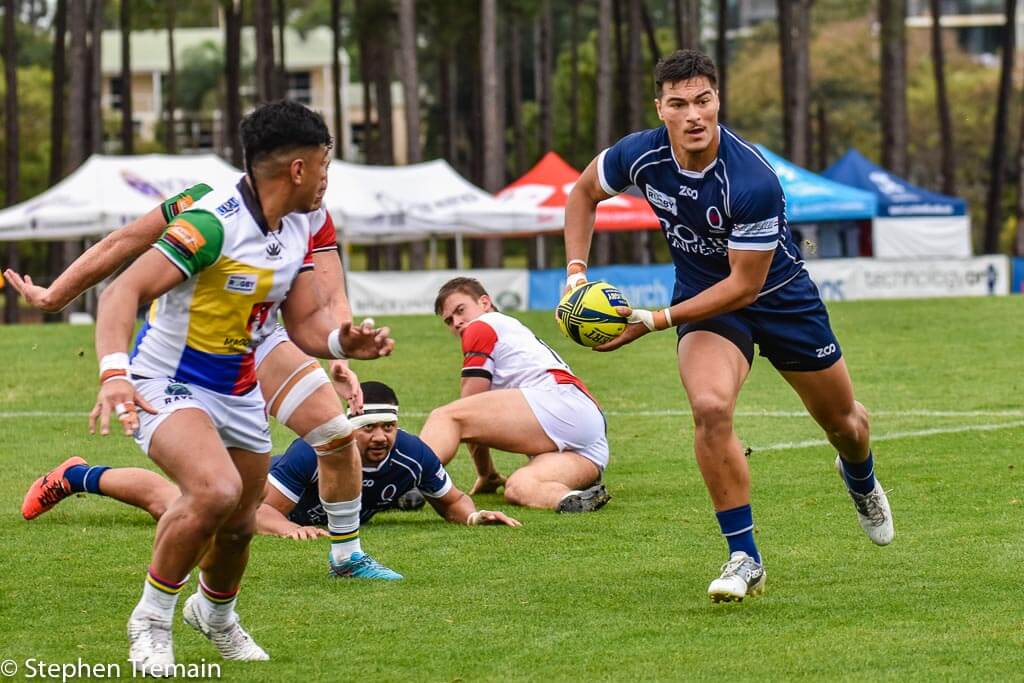
The NRT would be fueled by a tribalism which is sorely needed in Australian rugby. The Force would play the Rebels to show why the wrong team was cut. The Queensland-New South Wales rivalry would be extended. And if a team managed to knock off the touring test squad, like the Brumbies did against the British and Irish Lions in 2013, the tournament would quickly gain interest and prestige, and the victorious team would find themselves with a target on their back.
There are other advantages too. The NRT would be a companion piece to the Rugby Championship. People would be interested in tracking the NRT teams to estimate their form prior to their midweek games against the high-profile tourists. A symbiotic relationship would form between the two tournaments as well as between the NRT and Super Rugby, allowing all of the facets of Australian rugby to directly influence each other. Regular viewers would be rewarded, and casual viewers would be encouraged to watch more.
The NRT also has one other significant advantage over the NRC. The “T”. Yes, the NRT name was chosen somewhat in jest, but in an ironic twist the joke name is better than the actual name. The fact is that in the modern era of sport, marketing is everything. Most people somehow prefer to watch the 3 other major football codes in Australia despite the repetitiveness of their games and their comparatively tiny international presence, and a large portion of this can come down to marketing and its tangents (eg, tribalism, team success rate). Yet RA, in its infinite wisdom, has decided to call 2 of its 3 most important tournaments the Rugby Championship and the National Rugby Championship.
To be fair, the former tournament is run by SANZAAR rather than RA and the latter tournament is more aptly named, but when the former is so much higher in profile it becomes hard to accurately google information about the latter, or even just to discuss it. Instead of calling it the NRC or the NRT, a Super Rugby successor tournament could draw on the relative success of Super Rugby and choose a name which evokes that tournament’s image. I’m not a marketer, but something in the vein of “Ultra Rugby” would work, or even “Super Rugby Rematch”. The latter is a bit of a mouthful, but the marketing potential makes it a good example of what I’m trying to say. You could even alter the tournament structure to suit such a marketing strategy, potentially by introducing a bonus point for a Super Rugby side which beats a team it lost to in the proper Super Rugby season. For the Force and the Drua it could be amended to be based on the last time the two teams played in the previous season.
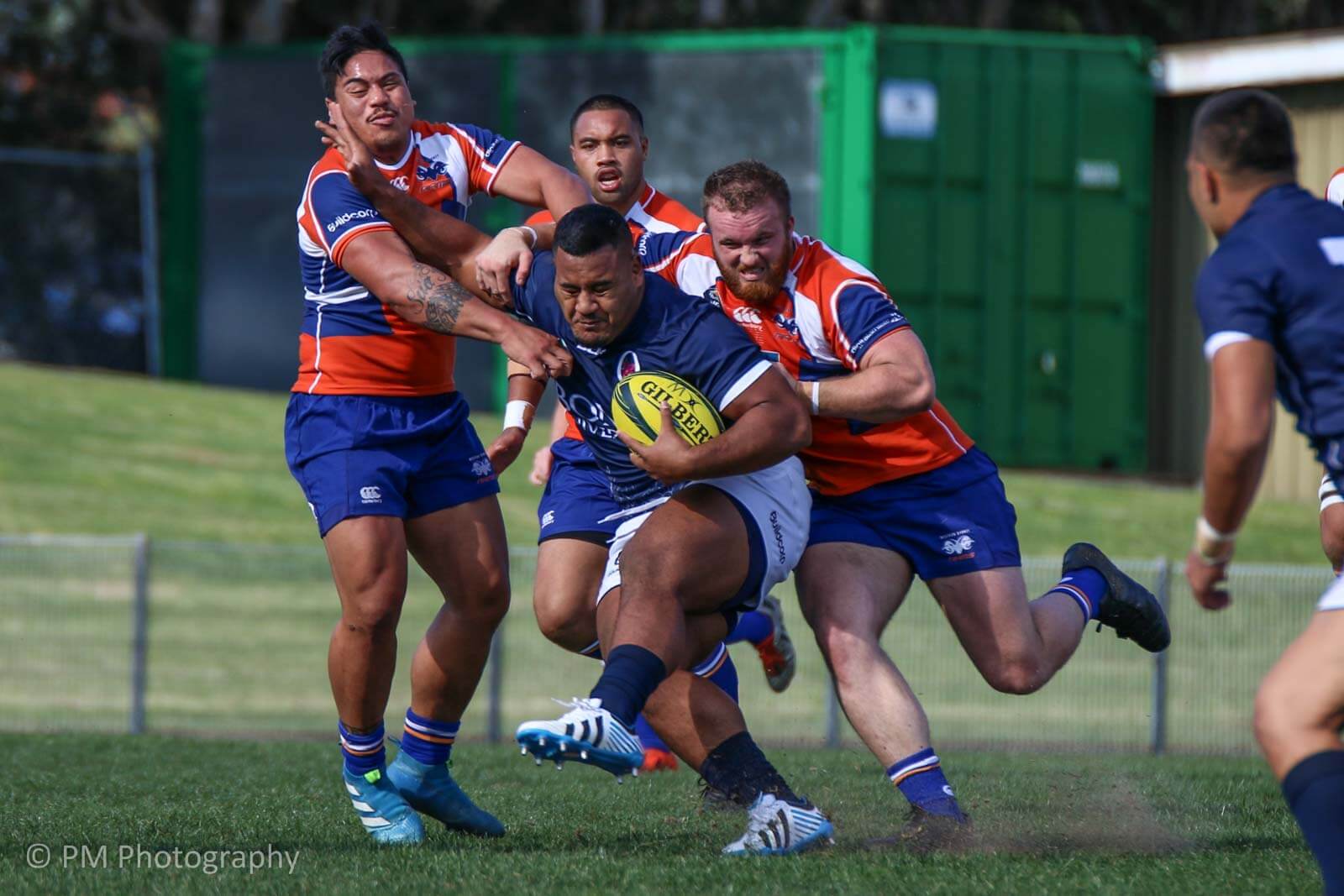
The other reason the NRT is preferable to the NRC is because of the NRC’s split focus. The fact is that the NRC exists in order to develop players. That is why it was established, and that is the main reason given for its continued existence. As Nick says, “Rugby Australia views the competition as a development pathway and nothing else.” Because this focus is given so much weight, the weight and spectacle of the thing is lost. The current dialogue around the NRC makes it sound like we’re watching an academy training session rather than a contest. Super Rugby has started to suffer from this as well, with top players being forced to miss games in order to keep them in good shape for test rugby, and I am a strong proponent of Paul Cully’s position that “there should be a head of Super Rugby [in each country] who advocates, lobbies and markets the competition in its own right.” The NRC will never draw spectators or generate tribalism because that is not its purpose, but the NRT needs a similar advocate to what Paul describes to allow it to flourish independently of whatever else is happening in Australian rugby.
Certainly, every game of the NRT would need to be broadcast, preferably on free-to-air TV in order to let the NRT be a true companion piece to the Rugby Championship. And, like Nick says about the NRC, “release the draw a few months earlier”. There is no good reason to hold onto it until July, and if it was known early in the Super Rugby season then the marketing people could start to spin the rematch angle right from the moment the first Australian Super Rugby derby is played.
In terms of finances, I think the NRT is the best option if Foxtel decides not to continue to fund the NRC in light of their worsening financial situation. It’s easy to hand-wave and say that the NRT has flaws or that other options would be more fun to watch or better for developing players, but in the end it always comes down to money. The transition from NRC to NRT creates the least possible disruption and extra expense, and while there are more radical ideas like replacing Super Rugby with a domestic tournament or making club rugby professional, these are outside the scope of this article. With the NRT, the broadcasters are happy because they got their wish. The loss of Super Rugby home games from the tournament restructure can be recouped with more home games for the same teams in the NRT, including against touring test teams. The existing brands of the Super Rugby teams are strengthened by increasing their number of games in watchable time zones from 10-11 to about 17 per year plus finals. The Drua continue to provide RA with a profit by showcasing their exciting playing style while having their expenses covered by World Rugby and the Fijian Rugby Union. And while approximately 1 team’s worth of players is excluded, in exchange the remaining players get to play against touring test teams and 1 team’s worth also gets to travel to Rugby Championship nations and expose themselves to the Wallabies setup.
I think this article makes me a supporter of the NRC. I think it makes me opposed to it being scrapped. I certainly don’t want the broadcasters’ suggestion of midweek Rugby Championship games against Super Rugby sides to spell the end of third tier rugby in Australia altogether. But would it hurt to call the Melbourne Rising the Melbourne Rebels and begin to think of the tournament as a genuine contest?

